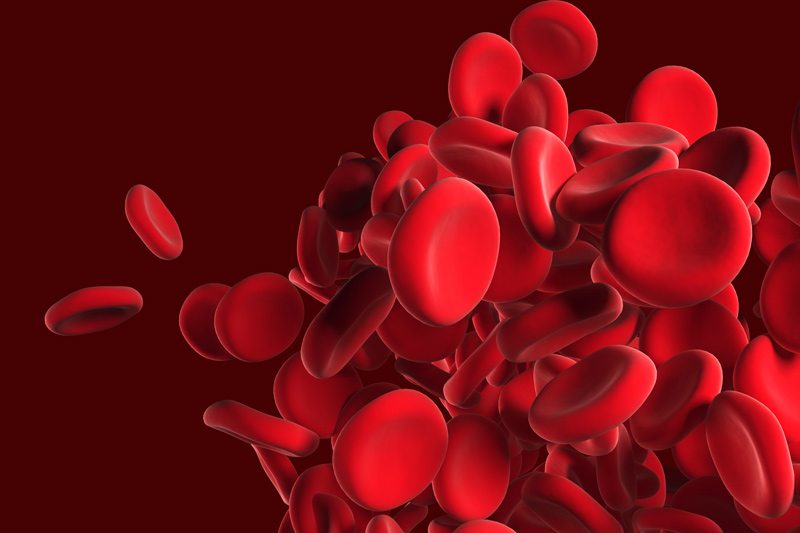
12 Simple Ways to Improve Circulation
Take a Walk
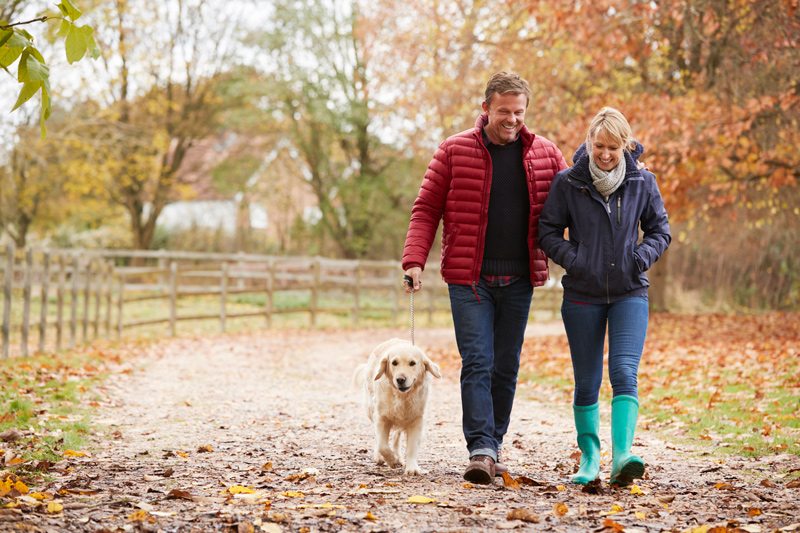
If you find yourself standing for too long, or remaining sedentary for any reason, find a friend, go for a walk, and get that blood moving. A simple exercise like walking is enough to stretch your muscles and restore blood flow.
Stop Smoking

Cigarettes kill 140,000 people in America because of their impact on cardiovascular health. Quitting cigarettes is one of the best things you can do to ensure your vital organs receive an increased amount of oxygenated blood.
Try Swedish Massage

Do Some Yoga to Improve Circulation
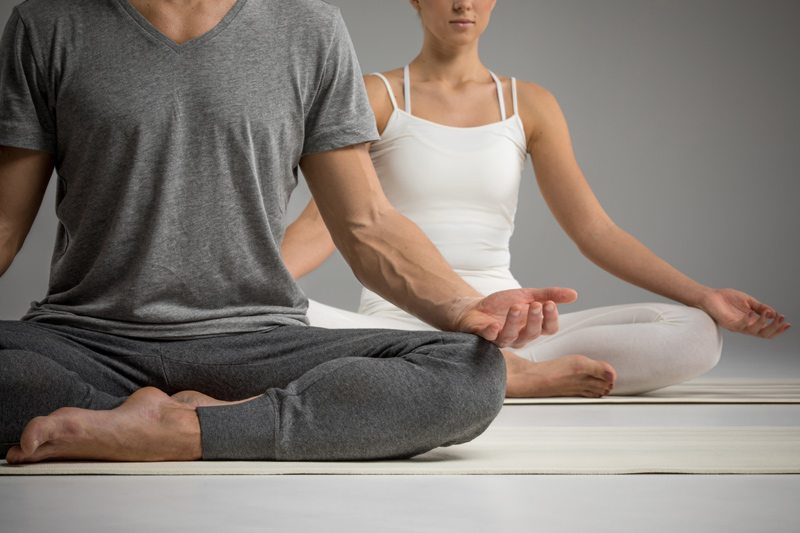
The best part about yoga is that simple exercises and stretches can be safely done in the comfort of your own home, without expensive equipment or gym fees.
Put Those Feet Up
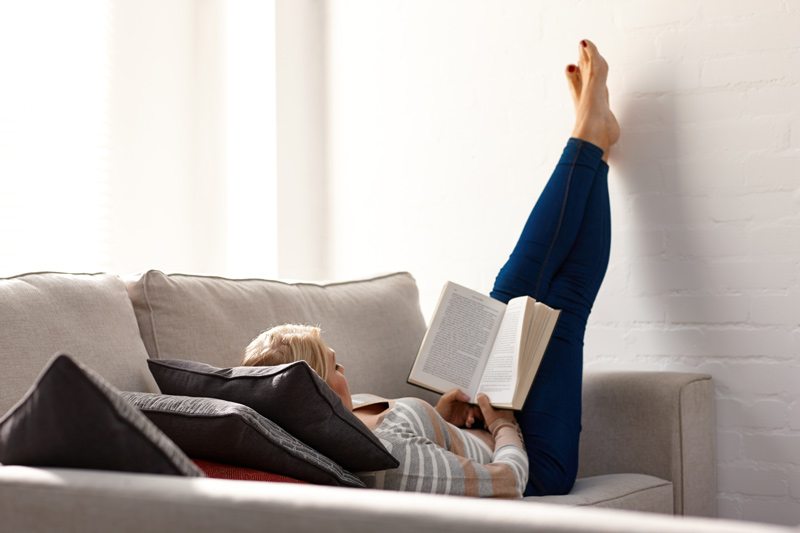
Elevating your feet lets gravity help your blood flow establish a more natural rhythm, especially if you’ve spent a great portion of your day on your feet.
Decrease Stress
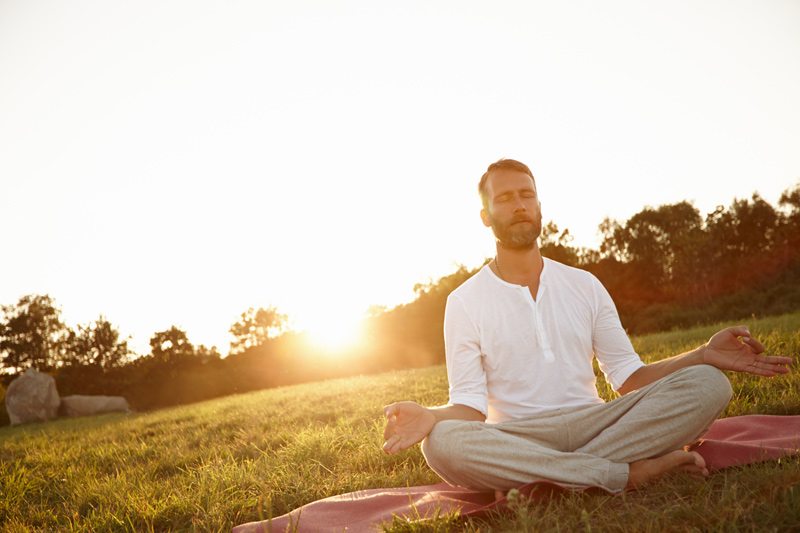
If you’re experiencing elevated levels of stress, it’s likely impacting your circulation. Try to focus on mediating that stress in your life. Whether you de-stress through hobby time, meditation, phone calls with friends, listening to music, or journaling, make sure you prioritize your peace of mind.
Losing Weight Will Improve Circulation
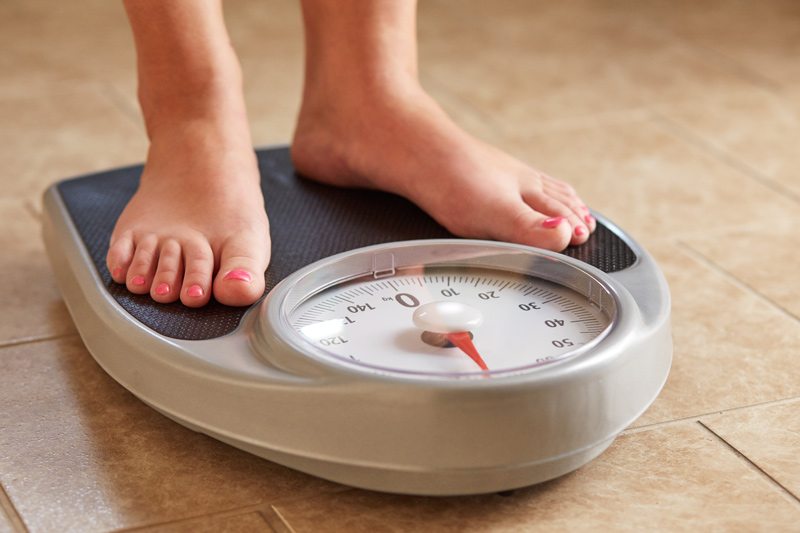
Losing weight can help take pressure off those arteries, and lead to better circulation.
Wear Compression Stockings or Socks
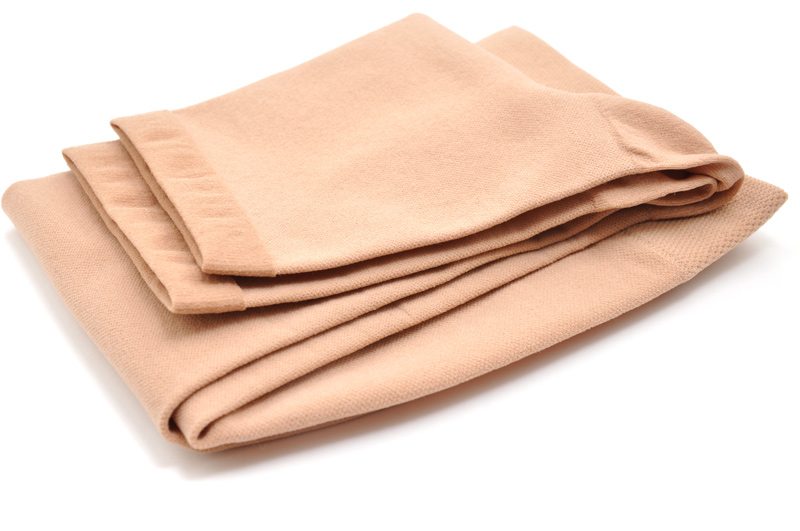
Compression socks can be purchased in a variety of styles, fabrics, colors, and levels of compression. Some are designed for dress, casual, and sports, in open and closed toe. There are four main levels of compression from 8-15 mmHg to 30-40 mmHg. The lower the number, the milder the compression. People in many professions wear compression socks daily to improve circulation, and prevent leg fatigue and swelling.
Eat Antioxidant-Rich Foods
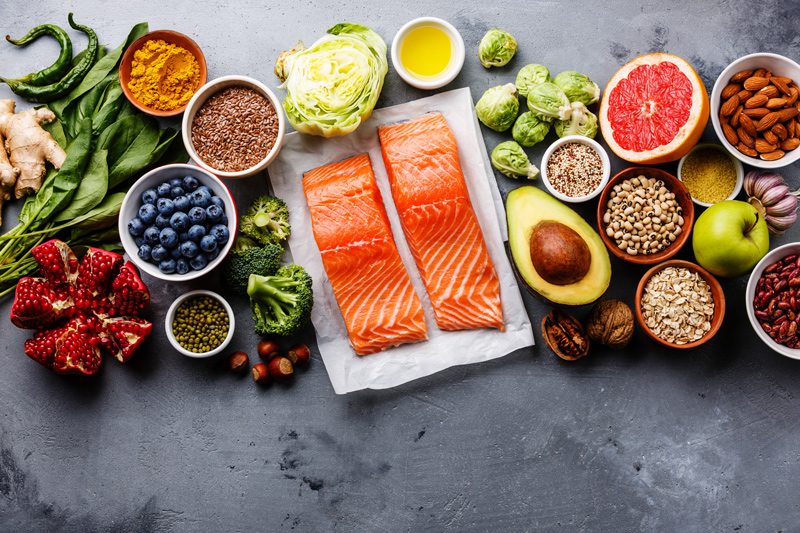
Wear the Right Clothes

Choose clothes and shoes that are comfortable if you know you will be on your feet for long periods of time. Save those more form fitting clothes and high heels for date night or special occasions.
Don’t Cross Your Legs

Crossing your legs not only hinders circulation but it can also lead to poor posture, back pain and leg stiffness.
Drink Water
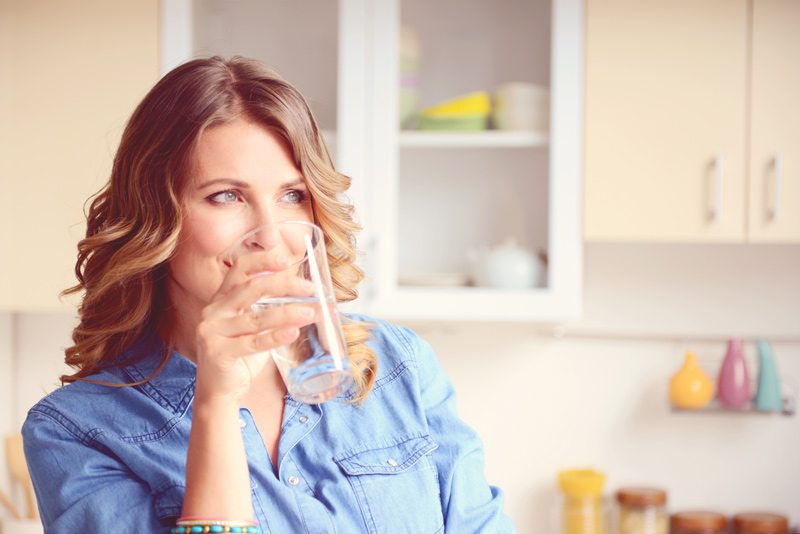
Keep water on hand and drink it regularly throughout the day. Drinking water will improve circulation, brain function and heart problems.

